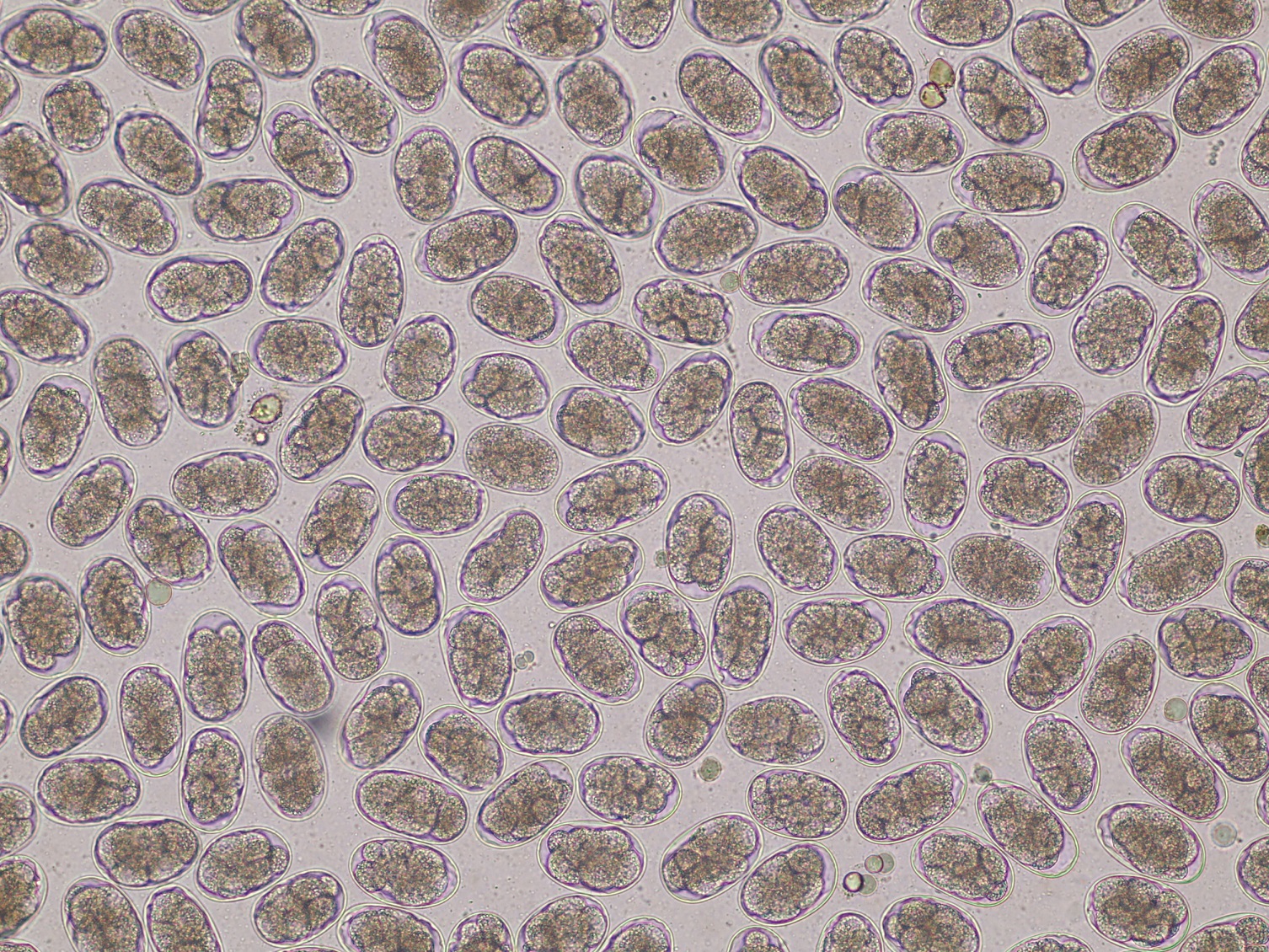Species: Horses
Specimen: Faeces (5g)
Container: Pottle
Collection protocol: Directly from rectum or freshly passed sample from clean surface
Special handling/shipping requirements: Sample may be refrigerated if transport is delayed
General information about the disease:
Cyathostomin (small strongyle) larvae migrate deep into the mucosa or submucosa of the equine large bowel (mainly cecum and ventral colon) to molt and develop. Third or fourth stage larvae may undergo hypobiosis persisting in nodules in the bowel wall. Emergence of the larvae (sporadically or synchronously) causes significant mucosal damage and eosinophilia, resulting in diarrhoea and protein-loss. Horses >1-year-old are affected, typically in late winter, spring, and summer when larvae emerge.
General information about when this test is indicated:
Investigation of diarrhoea and ill thrift in horses and evaluation of drench efficacy and parasite control programs

